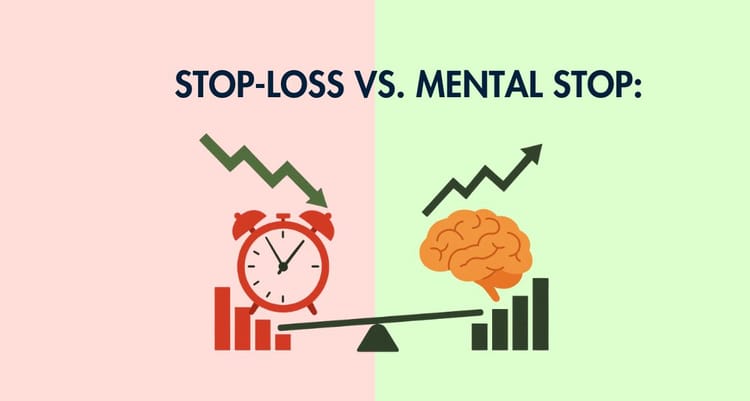Unveiling the Risks: Microcap and Small Cap Companies

Microcap and small cap companies, while offering the allure of high growth potential, are not without their fair share of risks. These companies, with relatively low market capitalization, can be highly volatile and susceptible to market fluctuations. In this blog, we will delve into the key risks associated with investing in microcap and small cap companies in India, helping investors make informed decisions and navigate the complexities of this segment.
Market Volatility:
Microcap and small cap companies often experience higher volatility compared to larger, more established counterparts. The prices of their stocks can swing dramatically, making them vulnerable to rapid price changes triggered by market sentiment and external factors.
Liquidity Risk:
One significant challenge with microcap and small cap stocks is their lower trading volumes. Limited liquidity can result in wider bid-ask spreads and difficulties in buying or selling large quantities of shares, potentially leading to price manipulation.
Limited Financial Resources:
Many microcap and small cap companies operate with limited financial resources. They may face challenges in raising capital, meeting debt obligations, or sustaining operations during challenging economic conditions.
Information Asymmetry:
Microcap and small cap companies may not be as closely followed or researched by analysts and institutions compared to larger companies. This information asymmetry can lead to a lack of available data and insights for investors to make informed decisions.
Business Risk:
Smaller companies are often more susceptible to business risk, such as operational inefficiencies, management issues, or dependency on a single product or client. Any adverse event impacting the company's core operations can have a significant impact on its financial health and stock performance.
Regulatory Risk:
Microcap and small cap companies may not have the same level of compliance and governance standards as larger companies. This increases the risk of potential regulatory violations or corporate governance issues, negatively affecting investor confidence.
Exit Strategy Challenges:
Exiting investments in microcap and small cap companies can be challenging due to their illiquid nature. Investors may face difficulties in finding buyers for their shares, especially during market downturns.
Mitigating Risks and Considerations:
Thorough Research: Conduct comprehensive research before investing in microcap and small cap companies. Analyze their financials, growth prospects, and competitive positioning.
Diversification: Diversify your investment portfolio across various sectors and market caps to reduce the impact of individual stock volatility.
Risk Tolerance: Assess your risk tolerance carefully, as investing in microcap and small cap stocks can be riskier than investing in larger, more stable companies.
Long-term Perspective: Consider a long-term investment horizon when investing in smaller companies to ride out short-term market fluctuations.
Investing in microcap and small cap companies in India can offer significant growth opportunities, but it comes with inherent risks. Investors need to be diligent in their research, assess their risk appetite, and exercise caution while navigating this segment of the market. A well-balanced approach, backed by thorough due diligence and a long-term perspective, can help investors capitalize on the potential of these companies while managing the associated risks effectively.
Frequently Asked Questions (FAQ)
1. What are microcap and small cap companies?
Microcap companies typically have a market capitalization of under $300 million, while small cap companies range between $300 million and $2 billion. These companies are generally smaller in size and are considered to have higher growth potential but come with higher risks.
2. Why are microcap and small cap companies more volatile?
Microcap and small cap companies are more volatile because their stock prices can swing dramatically due to market sentiment and external factors. Their smaller market capitalization makes them more susceptible to rapid price changes.
3. What is liquidity risk, and how does it affect microcap and small cap stocks?
Liquidity risk refers to the difficulty of buying or selling shares due to lower trading volumes. For microcap and small cap stocks, this can result in wider bid-ask spreads and potential price manipulation, making it challenging to execute large trades without significantly affecting the stock price.
4. How do limited financial resources impact microcap and small cap companies?
Many microcap and small cap companies operate with limited financial resources, making it difficult for them to raise capital, meet debt obligations, or sustain operations during economic downturns. This financial constraint increases their vulnerability to market fluctuations.
5. What is information asymmetry, and how does it affect investors?
Information asymmetry occurs when there is a lack of available data and insights about a company. Microcap and small cap companies may not be as closely followed or researched by analysts and institutions, making it harder for investors to make informed decisions.
6. What business risks are associated with microcap and small cap companies?
Smaller companies are more vulnerable to operational inefficiencies, management issues, or dependency on a single product or client. Any adverse event impacting the company's core operations can significantly affect its financial health and stock performance.
7. How does regulatory risk impact microcap and small cap companies?
Microcap and small cap companies may not adhere to the same level of compliance and governance standards as larger companies. This increases the risk of regulatory violations or corporate governance issues, which can negatively affect investor confidence.
8. What challenges do investors face when exiting investments in microcap and small cap companies?
Due to their illiquid nature, exiting investments in microcap and small cap companies can be challenging. Investors may have difficulty finding buyers for their shares, especially during market downturns, leading to potential losses or delays in selling their holdings.
9. How can investors mitigate the risks associated with microcap and small cap stocks?
- Thorough Research: Conduct comprehensive research before investing. Analyze the company's financials, growth prospects, and competitive positioning.
- Diversification: Diversify your investment portfolio across various sectors and market caps to reduce the impact of individual stock volatility.
- Risk Tolerance: Assess your risk tolerance carefully, as investing in microcap and small cap stocks can be riskier than larger, more stable companies.
- Long-term Perspective: Consider a long-term investment horizon to ride out short-term market fluctuations.
10. Are there any benefits to investing in microcap and small cap companies?
Yes, investing in microcap and small cap companies can offer significant growth opportunities. These companies have the potential for substantial returns due to their growth prospects and ability to capitalize on market opportunities.
11. What should investors consider before investing in microcap and small cap stocks in India?
Investors should consider the company's financial health, growth potential, competitive advantages, management quality, and the overall market environment. Additionally, assessing personal risk tolerance and investment goals is crucial before investing in this segment.
By understanding the risks and employing a diligent, well-researched approach, investors can navigate the complexities of investing in microcap and small cap companies while managing potential downsides effectively.






Member discussion